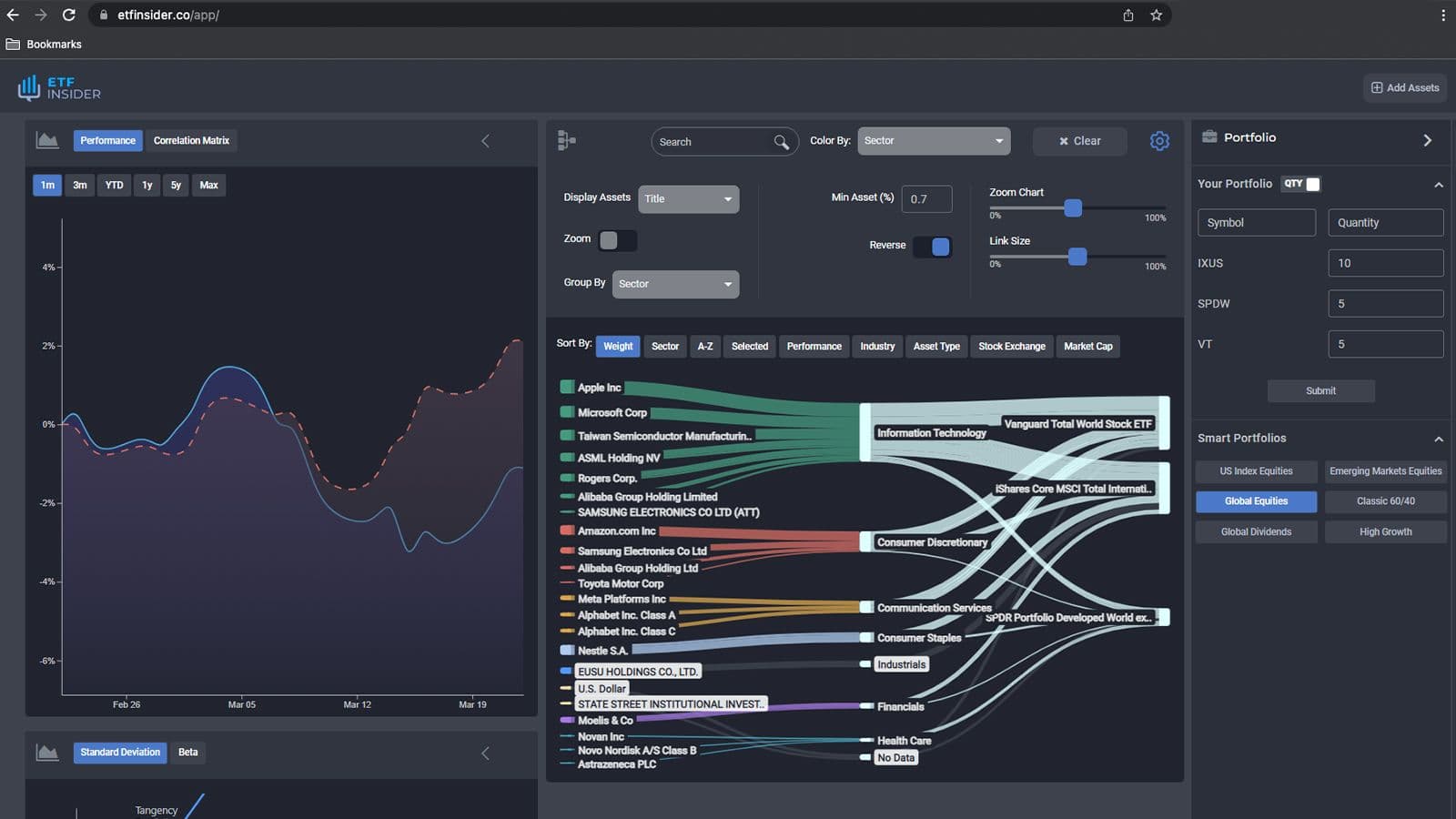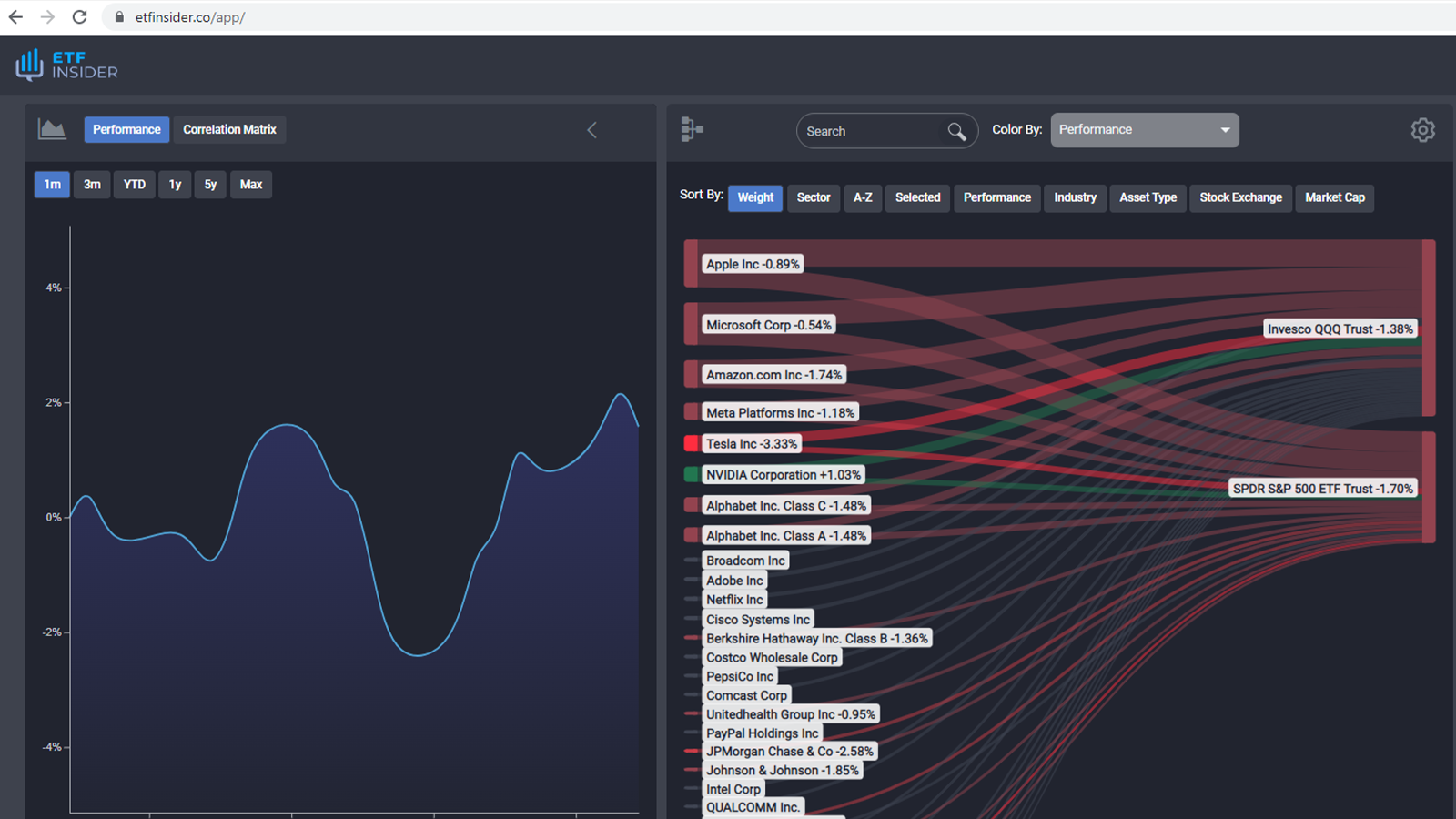
EPS is Important Stock Market Metrics
When choosing possible investment options in the stock market, there are a plethora of metrics that investors and analysts alike may consider before deciding which stock or investment funds (mutual funds, exchange-traded funds, etc.) to invest in. However, with so many metrics, it is easy to underestimate and gloss over the "vital few."
Hence, in this article, we'll explore this question and take a closer look at perhaps one of the crucial metrics successful investors (including Warren Buffet!) and analysts utilize to assess stocks and investment funds.
What is Earnings-Per-Share (EPS)?
First and foremost, it is essential to understand what EPS is in the first place. For starters, EPS is derived by dividing a company's total profit by its common stock's outstanding number of shares. In other words, it is the amount of money the company earns for each share of its stock. Hence, EPS is a fundamental metric for evaluating a company's financial health as well as how profitable of an investment it actually is for you.
With this out of the way, let's delve deeper into five key reasons why EPS is one of the most important market metrics:
1. A direct reflection of a company's profitability
The most glaring reason EPS is an excellent metric is that it directly reflects a company's profitability. Essentially, it tells investors (you) how much money a company makes for each share you hold. So if a company has a high EPS, it generally means it generates attractive returns for its shareholders and that the company is doing well financially.
2. Helps Determine the company's "intrinsic" value
When evaluating a company, investors will often look at its EPS to decide whether or not it is undervalued or overvalued. For example, if a company has a high EPS relative to other companies in its industry, then it is generally considered to be "undervalued," as it generates much profit for its shareholders, but its stock price has yet to catch up to its true value. On the other hand, a company with a relatively low EPS may be considered overvalued compared to its peers.
This is one of the biggest reasons why Warren Buffet himself prioritizes looking at EPS over most metrics, as it helps him identify "cheap" stocks with massive potential/upside.
3. Helps compare companies within the same industry objectively
This is because EPS provides a standardized (apples-to-apples) measure of profitability that can be used to compare companies of different sizes within the same industry. So, if an investor is considering investing in two companies in the same industry, they can quickly glance over the EPS of each company to determine which one is more profitable.
 twitter url size.png
twitter url size.png
4. Amazing progress tracker of financial performance
EPS is also used to track a company's financial performance over time. Investors can see how well the company has historically performed by looking at a company's EPS over several years (and even decades). For example, if a company's EPS is consistently increasing, it is a good sign that the company is growing and becoming more profitable and cost-efficient. On the other hand, if a company's EPS is consistently decreasing, it may be a sign that it is struggling financially.
5. Widely Used in the Investment Industry
Lastly, one of the reasons why this metric stood out from the rest is its prominence in the investment industry. When evaluating a company, it is best practice to look at EPS to help determine whether the stock or a fund is a sound investment base on your goals. So if a company has a high EPS and is forecasted to continue growing, it may be considered an attractive investment. On the other hand, if a company has a low EPS and is predicted to continue struggling in the future, it may not be favorably viewed.
Conclusion
At the end of the day, despite the crucial role of EPS in investment decision-making, it is not enough to make a sound conclusion based only on one metric. In fact, complementing it with other relevant metrics will give EPS a more thorough meaning. Fortunately, there are now sophisticated data visualization and portfolio management tools such as ETF Insider available for us to take advantage of in helping us better understand the complete picture of a particular investment fund. Thus, making it more intuitive and insightful to do your due diligence.
Get started